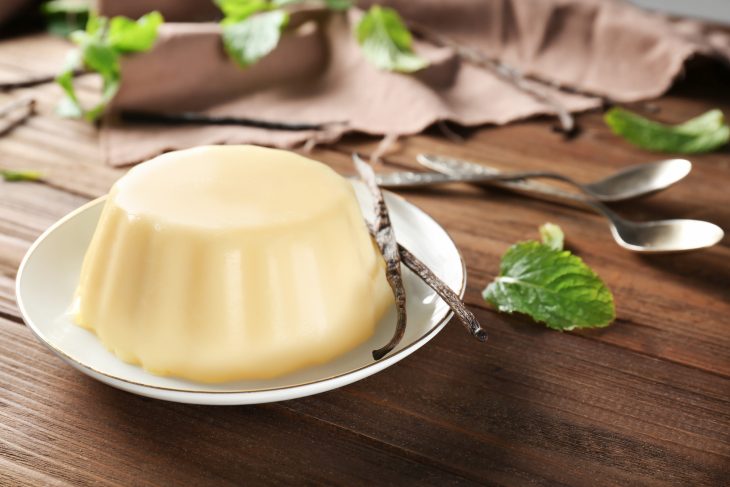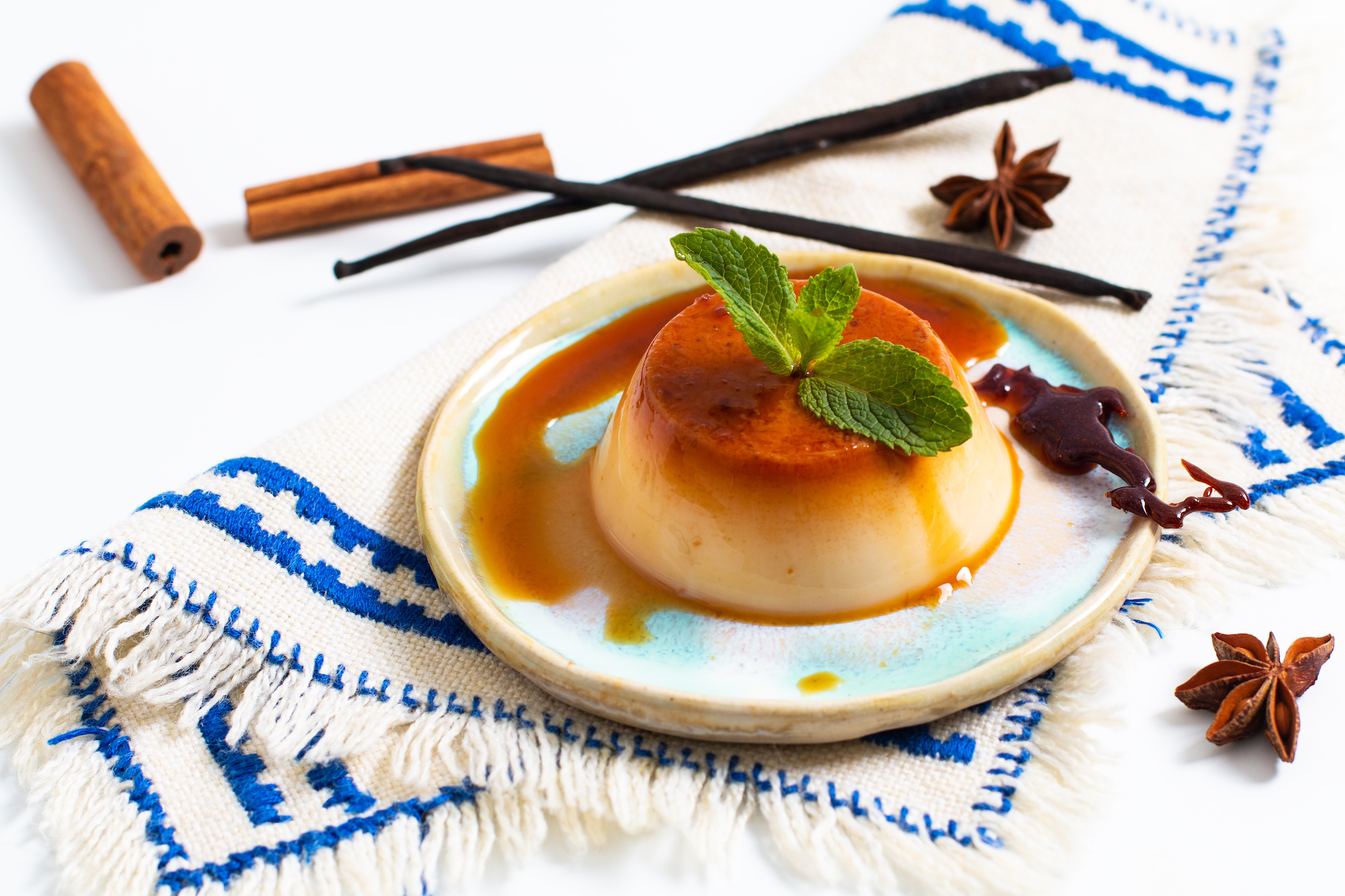
Pudding is a timeless and comforting dessert enjoyed by people around the world. Its creamy texture, rich flavors, and versatility make it a beloved treat for all ages. But have you ever wondered about the nutritional value of pudding? In this comprehensive article, we will delve into the world of pudding nutrition facts, uncover its key ingredients, health benefits, and tips for incorporating it into a balanced diet. Get ready to indulge in the delicious and delightful world of pudding!
A Classic Dessert
Pudding is a sweet dessert characterized by its creamy consistency. It is typically made by combining milk, sugar, and a thickening agent such as cornstarch or gelatin.
Endless Flavor Options
Pudding comes in a wide range of flavors. This ranges from classic choices like vanilla and chocolate to more unique variations like butterscotch, caramel, or even fruity options like banana or strawberry.

Milk
Milk is a primary ingredient in pudding. It provides essential nutrients such as calcium, protein, and vitamins like vitamin D and vitamin B12.
Carbohydrate Content
Pudding contains carbohydrates from the sugar and starch used in its preparation. Carbohydrates are the body’s main source of energy and play a vital role in various bodily functions. Consuming pudding can thus give you a significant energy boost thanks to the carbohydrates in it.
Fat Content
The fat content in pudding depends on the type of milk used and any additional ingredients added. It can contribute to the overall calorie content and provide a sense of satiety.
Sugar Content
Pudding often contains added sugar to enhance its sweetness. However, it’s important to be mindful of sugar intake and enjoy pudding in moderation as part of a balanced diet. One solution is to opt for pudding varieties with lower sugar content or to consider making your own pudding, using natural sweeteners like honey or maple syrup. This allows you to enjoy the delicious flavors of pudding while still moderating your sugar intake.
Calcium for Strong Bones
Pudding made with milk is a good source of calcium, a mineral essential for strong bones and teeth. Calcium also plays a role in muscle function and nerve transmission.
Protein for Satiety
Milk-based puddings also provide a moderate amount of protein. This can help promote feelings of fullness and support muscle repair and growth.
Thickening Agents
Different types of puddings utilize various thickening agents. For example, cornstarch and eggs are commonly used to create a smooth and thick texture. Gelatin and tapioca add a unique consistency to certain puddings. Make sure to check the label for which ingredients are used in case of any allergies.

Flavor Enhancements
Pudding flavors are achieved through the addition of ingredients like cocoa powder, vanilla extract, fruit extracts, or other natural flavorings. These ingredients contribute to the taste profile of the pudding.
Choose Nutrient-Rich Options
Opt for pudding that is made with whole milk or fortified plant-based milks to maximize the nutritional content. These options provide a good balance of nutrients, including protein, calcium, and vitamins.
Add Nutritious Toppings
You can enhance the nutritional value of your pudding by adding nutritious toppings such as fresh fruits, nuts, or seeds. These additions provide additional fiber, vitamins, minerals, and healthy fats.
Practice Portion Control
While pudding can be a tasty treat, it’s important to enjoy it in moderation due to its sugar and calorie content. Be mindful of portion sizes to maintain a balanced diet.
Conclusion
Pudding is more than just a delectable dessert—it can also offer a range of nutrients and potential health benefits. From its creamy texture to the variety of flavors available, pudding is a versatile treat that can be enjoyed by people of all ages. By understanding the pudding nutrition facts and making mindful choices, you can savor this delightful dessert while still maintaining a balanced diet. So go ahead and indulge in the creamy goodness of pudding, knowing that you’re treating yourself to a delicious and nutritious delight!
Frequently Asked Questions (FAQs)
Is pudding a healthy dessert option?
Pudding can be a part of a healthy diet when enjoyed in moderation. It provides nutrients like calcium and protein, but it’s important to be mindful of portion sizes and choose options with minimal added sugars.
Can I make pudding with non-dairy milk?
Yes, you can make pudding with non-dairy milk such as almond milk, soy milk, or coconut milk. Just ensure that the milk you choose is suitable for pudding-making and adjust the recipe accordingly.
Are there any low-sugar pudding options available?
Yes, there are low-sugar and sugar-free pudding options available in the market. These options are often sweetened with alternative sweeteners like stevia or erythritol.
Can pudding be enjoyed by people with lactose intolerance?
Individuals with lactose intolerance can still enjoy pudding by using lactose-free milk or opting for non-dairy milk alternatives. There are also lactase supplements available that can help digest lactose.
Can I make pudding with whole-grain ingredients?
Yes, you can experiment with using whole-grain ingredients like brown rice or quinoa to make healthier versions of pudding. These variations can provide additional fiber and nutrients compared to traditional pudding recipes.
Was this page helpful?
Our commitment to delivering trustworthy and engaging content is at the heart of what we do. Each fact on our site is contributed by real users like you, bringing a wealth of diverse insights and information. To ensure the highest standards of accuracy and reliability, our dedicated editors meticulously review each submission. This process guarantees that the facts we share are not only fascinating but also credible. Trust in our commitment to quality and authenticity as you explore and learn with us.
